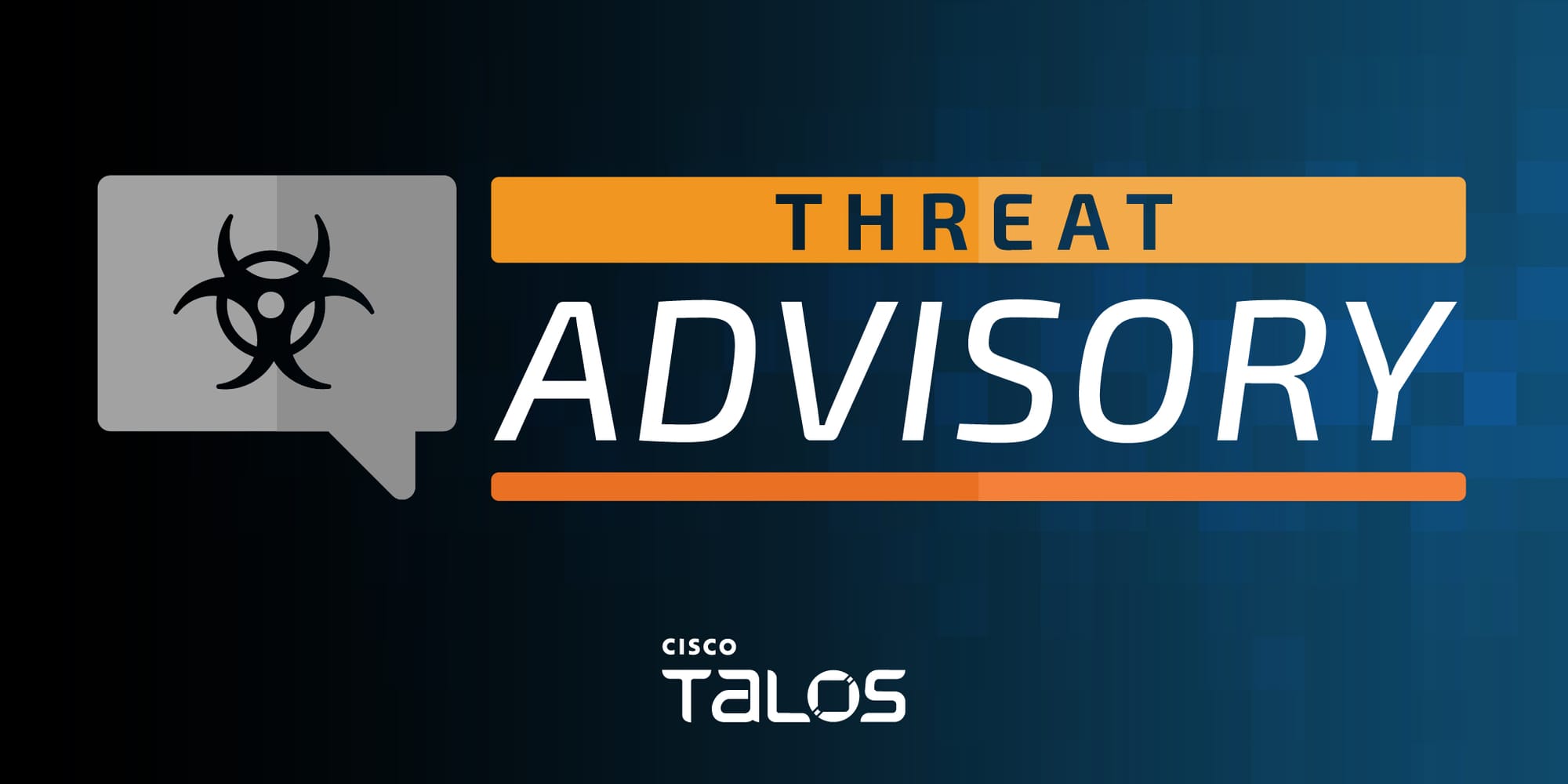ArcaneDoor - New espionage-focused campaign found targeting perimeter network devices
ArcaneDoor is a campaign that is the latest example of state-sponsored actors targeting perimeter network devices from multiple vendors. Coveted by these actors, perimeter network devices are the perfect intrusion point for espionage-focused campaigns.
Suspected CoralRaider continues to expand victimology using three information stealers
Talos also discovered a new PowerShell command-line argument embedded in the LNK file to bypass anti-virus products and download the final payload into the victims’ host.
OfflRouter virus causes Ukrainian users to upload confidential documents to VirusTotal
The documents contained malicious VBA code, indicating they may be used as lures to infect organizations.
Large-scale brute-force activity targeting VPNs, SSH services with commonly used login credentials
Cisco Talos would like to acknowledge Anna Bennett and Brandon White of Cisco Talos and Phillip Schafer, Mike Moran, and Becca Lynch of the Duo Security Research team for their research that led to the identification of these attacks. Cisco Talos is actively monitoring a global
Starry Addax targets human rights defenders in North Africa with new malware
Cisco Talos is disclosing a new threat actor we deemed “Starry Addax” targeting mostly human rights activists, associated with the Sahrawi Arab Democratic Republic (SADR) cause with a novel mobile malware.
CoralRaider targets victims’ data and social media accounts
Cisco Talos discovered a new threat actor we’re calling “CoralRaider” that we believe is of Vietnamese origin and financially motivated. CoralRaider has been operating since at least 2023, targeting victims in several Asian and Southeast Asian countries.
Threat actors leverage document publishing sites for ongoing credential and session token theft
Talos IR has responded to several recent incidents in which threat actors used legitimate digital document publishing sites such as Publuu and Marq to host phishing documents as part of ongoing credential and session harvesting attacks.
GhostSec’s joint ransomware operation and evolution of their arsenal
Cisco Talos observed a surge in GhostSec, a hacking group’s malicious activities since this past year. GhostSec has evolved with a new GhostLocker 2.0 ransomware, a Golang variant of the GhostLocker ransomware.
TimbreStealer campaign targets Mexican users with financial lures
Talos has observed a phishing spam campaign targeting potential victims in Mexico, luring users to download a new obfuscated information stealer we’re calling TimbreStealer, which has been active since at least November 2023.








